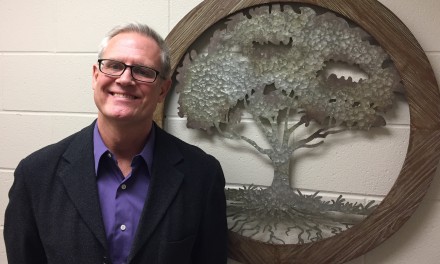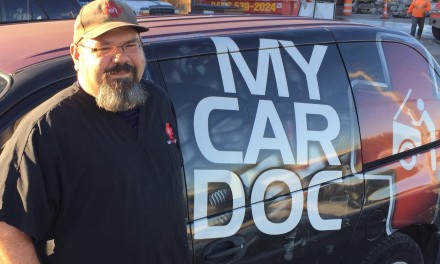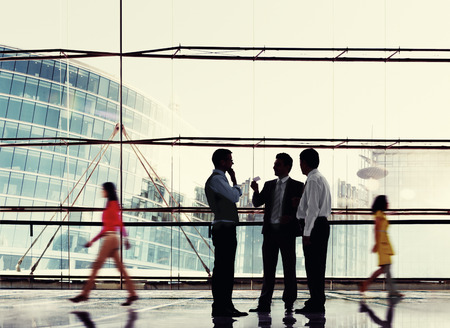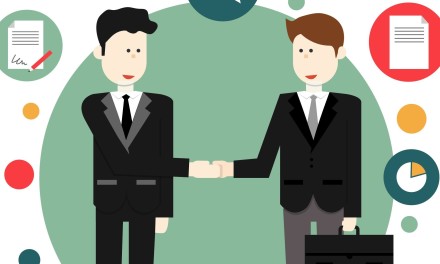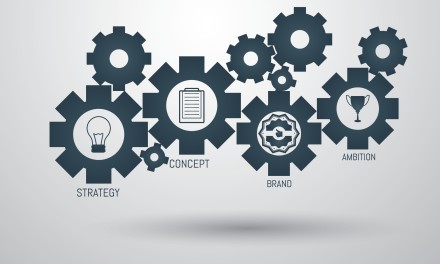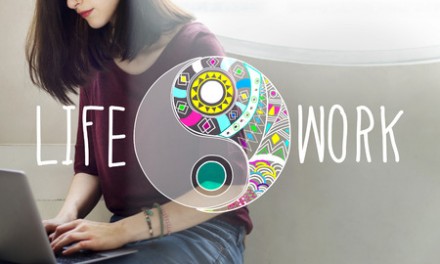When friends or family visit us at our home, we don’t make them stand. We encourage them to find a chair. “Relax!” we order. “Take a load off,” we say. “Have a seat.”
That tradition came from generations ago, when virtually every job required long days of physical labor. It used to be that most of us worked with our bodies while standing up. Nowadays, more of us than ever are working with our minds while sitting down.
Although the transformation from standing to sitting might sound like civilization at work, there are some tremendous benefits to staying on your feet. If we spend hours crouched over a desk or a computer screen, we may develop cramps, trap stress in our joints or reduce circulation. We should get out of our chairs at least once every hour. Better yet, we should consider working while standing up.
The primary benefit to working on two feet is ironically, the exact reason why it sounds like it would be unproductive. We can’t stand in one position very long because we become restless. Yet this creates a natural rhythm and urgency to our workflow. We are more likely to take a break to visit the bathroom or get a glass of water when we’re already standing. We set shorter intervals to complete tasks and have a greater sense of accomplishment when doing so. When we are upright, we feel like we’re about to do something purposeful. We are “standing up” for the work we’re doing.
The most troubling use of chairs at work, however, is not at our own desks. The seats around a conference table may be the most unproductive devices in the entire office. Each cozy, high-backed plush leather piece doesn’t provide anything except a rationale for drawn out meetings with sleepy participants.
Instead, the best approach for the health of your business and the health of your employees is to stand up while holding your meetings. This keeps them brief and on-topic, and helps ensure participant focus. Any follow-up conversations will receive a similar benefit. And if anyone who works in your organization can’t last for ten minutes without looking for a chair, it’s a sign that they may need help.
We are often called to stand up for our principles no matter where we are. Spending too much time “sitting down” can be a sign of emotional complacency. Yet just as our spirits benefit from the confidence and possibility of a firm stance, our workflow will also improve when we take to our feet. This advantage is multiplied when communicating with the rest of our team. Standing meetings truly should be “standing” meetings.
If you’re now seated, take a minute to rise to your feet and read this article again. Reflect on the natural arc of anticipation and relief which forms over the course of those few minutes. You’ll probably find that your altitude affects your attitude and see this piece in a different light.
Consider spending more time on your feet. Stand up for your work and your health.

